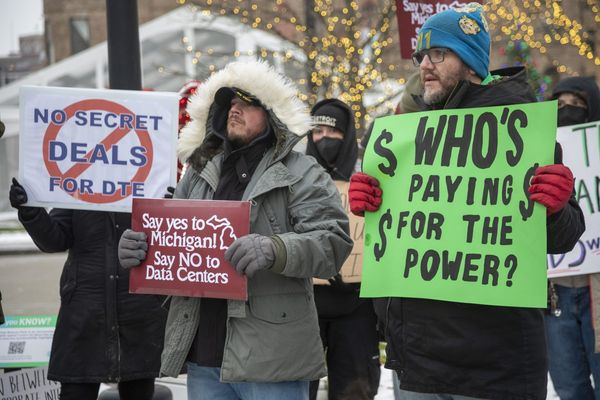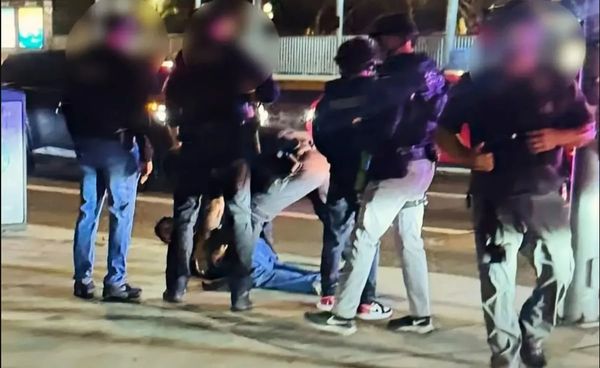
- Electrify America started has a couple of pilot charging stations where both CCS1 and NACS cables are available.
- Each stall can provide up to 400 kW to an EV.
- One station is in Orlando, Florida, and the other is in Waterford, Connecticut.
Electrify America, one of the largest DC fast charging networks in the United States, has begun rolling out stations that can charge both Tesla and non-Tesla electric vehicles at the same time without an adapter.
The Volkswagen Group-owned operator currently has two pilot sites stateside that offer Combined Charging System 1 (CCS1) and North American Charging Standard (NACS) cables on the same stall. The plan was announced in 2023, and the first stations went online in recent weeks.

The two sites, one in Orlando, Florida, and the other in Waterford, Connecticut, have three stalls each, and each stall can charge two cars at the same time. The Alpitronic dispensers have a total of four cables–two for CCS1-equipped EVs and two for NACS-equipped EVs. Drivers can use the Electrify America app to initiate a charging session and pay, and there’s also a contactless payment system on-site.
Cars like the Rivian R1T, Chevrolet Equinox EV, and Honda Prologue come from the factory with a CCS1 inlet, but a lot of automakers have said that their American-spec EVs will get NACS ports from the factory, now that Tesla has opened its Supercharger network to pretty much all makes out there.
While the Tesla Supercharger network is the largest and widely regarded as one of the best DC fast charging networks in the country, most of the stalls can only output 250 kW. That’s fine for most EVs out there, especially considering Superchargers are pretty much everywhere, but as faster-charging cars hit the market, more power is always welcome.
The Lucid Air, Porsche Taycan and Hyundai Ioniq 5–just to name a few–can accept much higher speeds, and here’s where Electrify America’s 400 kW stalls come into play. And as more automakers transition to the Tesla-designed NACS plug, charging operators other than Tesla need to offer NACS-equipped chargers to make it easier for owners to travel.
The new Hyundai Ioniq 9, for instance, comes with a NACS port, but choosing Tesla Superchargers instead of more potent stalls will lead to longer charging times. That’s because the electric SUV can take roughly 800 volts, while Superchargers can only send about less than 500 volts.
That said, Tesla is working to upgrade its so-called V3 posts with the newer V4 stalls that can deliver more power. Moreover, other charging operators are also integrating NACS ports into their stalls, so charging adapters should become a thing of the past. Not right away, but eventually.







